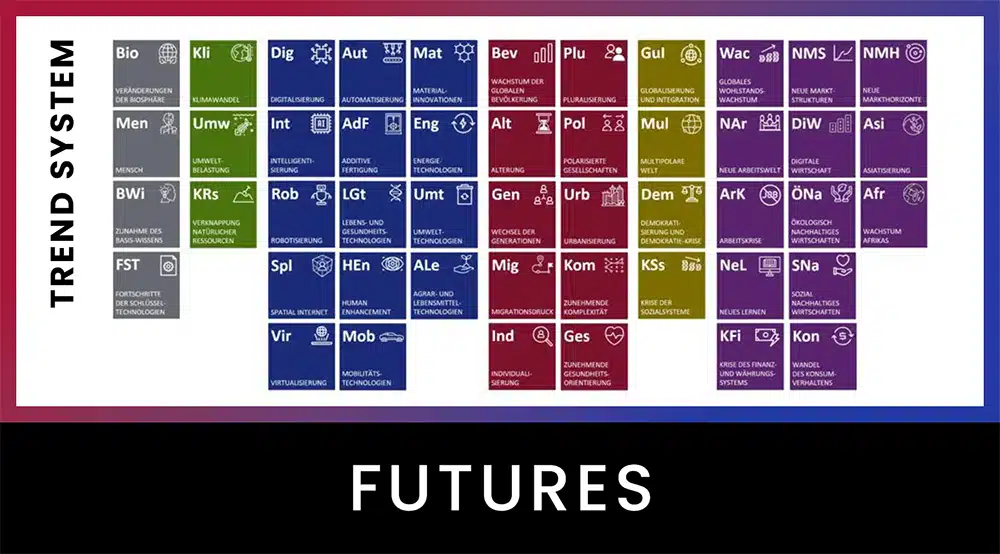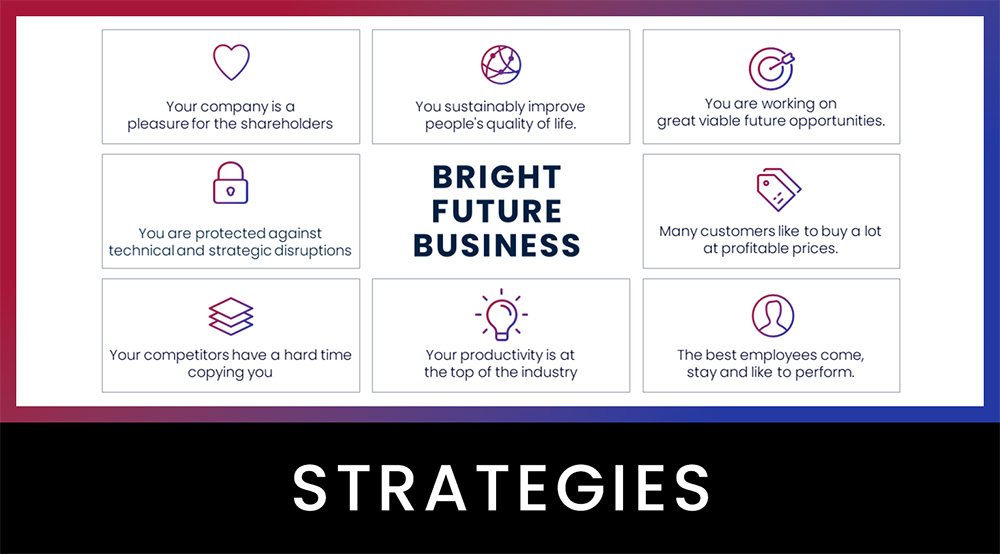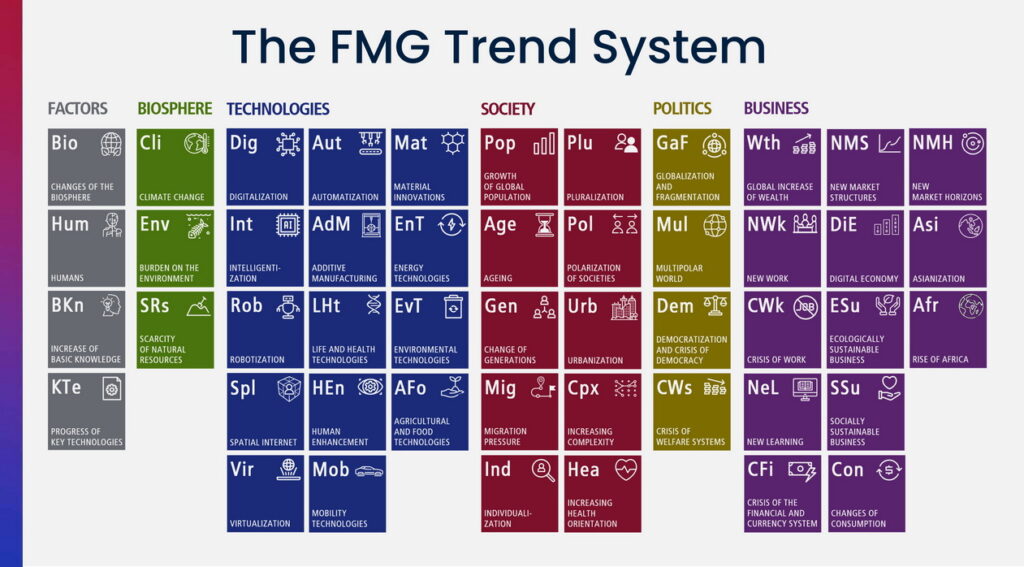The Stanford AI Index provides an annual comprehensive analysis of artificial intelligence. The aim is to provide a sound basis for research, discussions and decisions relating to AI. The index includes various indicators from the fields of research, business, politics, etc. It covers topics such as AI investments, technological advances, patents, benchmarking of AI systems, industry-specific applications, political developments and the public perception of AI. The report is a valuable tool for politicians, researchers, entrepreneurs and the public to better understand the current state and future of artificial intelligence.
The most important findings - Top 10
1. AI beats humans in some areas, but not everywhere
AI is already better than humans at image processing, visual thinking and language comprehension. However, it lags behind in more complex tasks such as competitive math, visual reasoning and planning.
2. industry dominates AI research
In 2023, significantly more leading AI models (51) came from industry than from research (15). Models resulting from collaboration between industry and universities also reached an all-time high (21).
3. top models are becoming more expensive
The training costs for state-of-the-art AI models have reached an unprecedented level. OpenAI’s GPT-4 cost an estimated 78 million dollars in computing power, Google’s Gemini Ultra even 191 million.
4. USA leads in AI development
In 2023, 61 leading AI models came from the USA, far ahead of the EU (21) and China (15).
5. lack of standards in the development of responsible AI
There is a significant lack of standardization in the reporting of responsible AI. Leading developers test their models against various benchmarks. This practice makes it difficult to systematically compare the risks and limitations of AI models.
6. generative AI is booming
Although private investment in AI has declined overall, spending on generative AI (e.g. text generation) has exploded. It increased almost eightfold in 2023.
7. AI increases productivity and quality of work
Studies show that AI makes workers more productive and improves the quality of their results. AI can also help close the skills gap between low-skilled and highly skilled workers.
8 AI accelerates scientific progress
In 2022, artificial intelligence began to drive scientific research forward. 2023 brought even more significant applications, such as AlphaDev for more efficient sorting using algorithms and GNoME for materials research.
9. regulation of AI is increasing
For example, the number of AI-related regulations in the US has risen sharply over the last five years, particularly in the past year. There were 25 regulations in 2023, compared to just one in 2016.
10. people around the world are more aware of the potential impact of AI
66% of respondents believe that AI will have a major impact on their lives in the next three to five years (previous year: 60%). 52% express nervousness about AI products and services (2022: +13 percentage points)
And now?
Realistic conclusion: There will most likely not be sufficient societal or governmental impetus for AI leadership in Europe. It is very unlikely that Europe will become a major player in the coming decades.
Strategy: Individual European entrepreneurs and companies should create a welcoming and ambitious attitude in their organizations, use available AI tools, invest a lot of time and money and thereby strengthen the European position. If many companies do this, Europe could be fine.


































